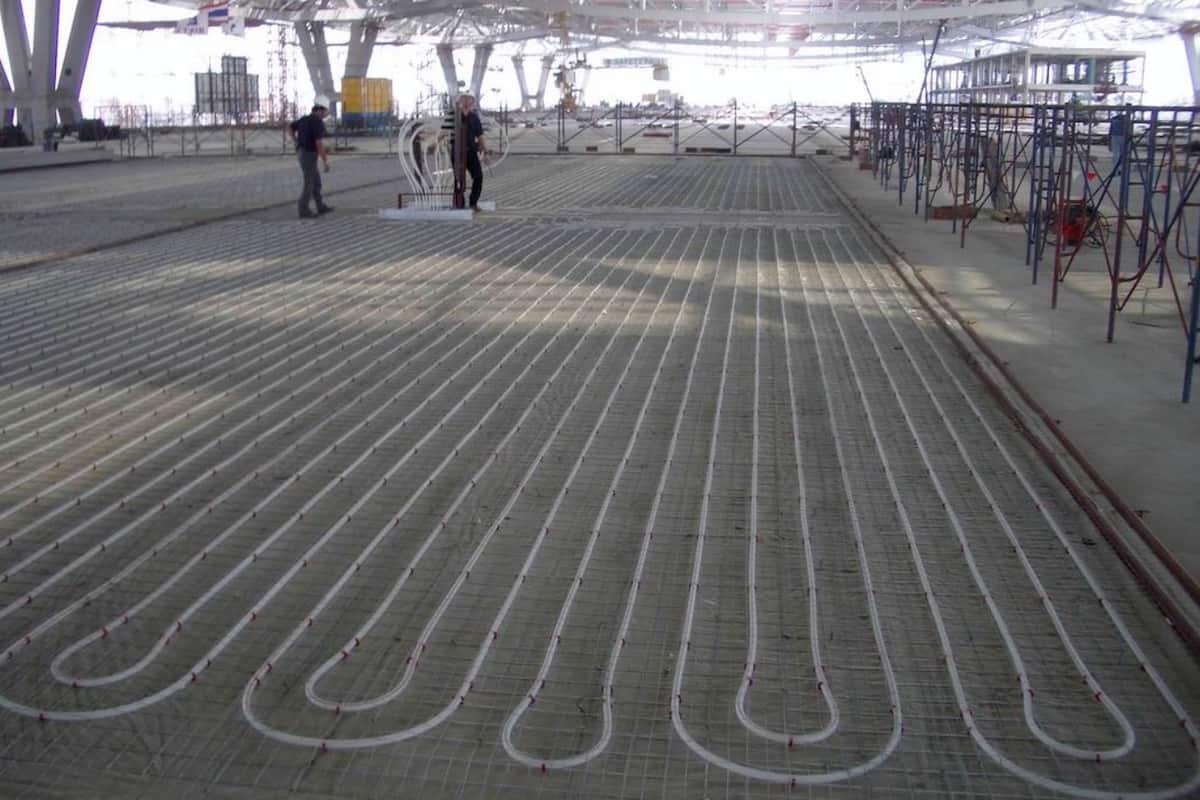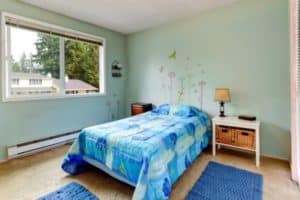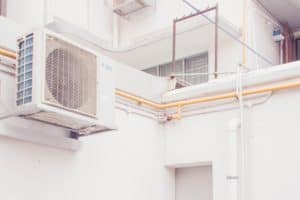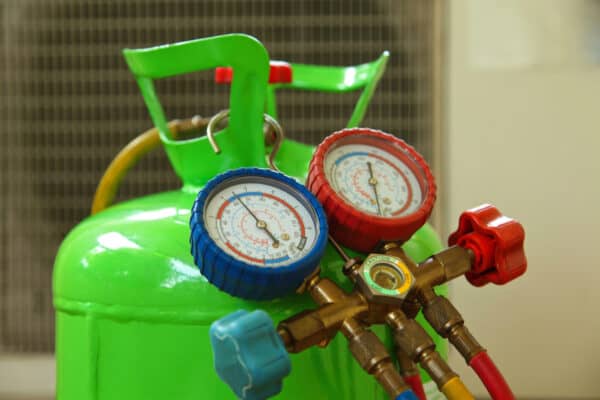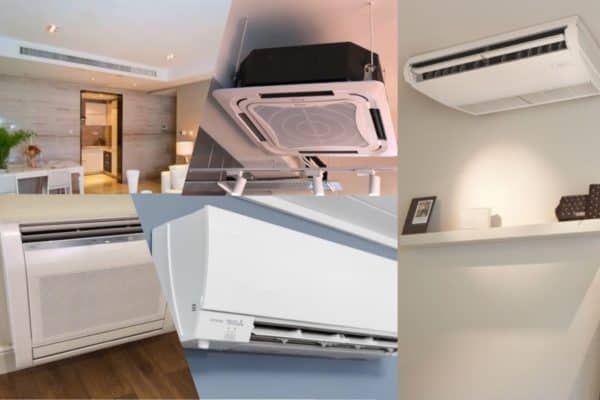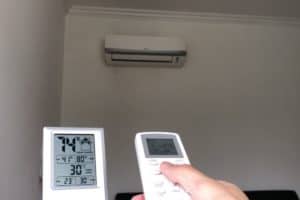Is Radiant Cooling Efficient? (Fundamentals Explained)
Radiant cooling is considered an advanced cooling system in many countries. It is said to yield a higher efficiency than a conventional VAV+VSD chilled water system. So, is radiant cooling more efficient and why?
When properly designed, a radiant cooling system can be 10% more efficient than a conventional water-cooled chilled water system that has variable speed drives and variable air volume boxes. Fundamentally, radiant cooling systems move heat from indoor to outdoor more efficiently.
Some engineers might have heard of radiant cooling but only a handful of people understand how it works and why it is more efficient than conventional air conditioning systems.
What is Radiant Cooling?
Radiant cooling uses thermal radiation for cooling rather than convection that is used by conventional air conditioning systems such as air handling units and split units.
There are a few types of radiant cooling systems. However, they work the same. Basically, radiant cooling systems use cold surfaces to achieve cooling. It’s like how you feel colder inside a cave.
The two common radiant surfaces are ceiling panels and concrete floors. Radiant cooling tubes are integrated into ceiling panels or concrete floors. By circulating chilled water through the tubes, the surface temperature of the ceiling panels or concrete floors can be are lowered.
Radiant ceiling panels usually come ready with radiant cooling tubes. So, contractors only need to assemble the ceiling panels to get the system to work.
On the other hand, for radiant concrete floors, contractors need to lay radiant cooling tubes on the floor before concrete cement is poured. So, the tubes are concealed in the floor.
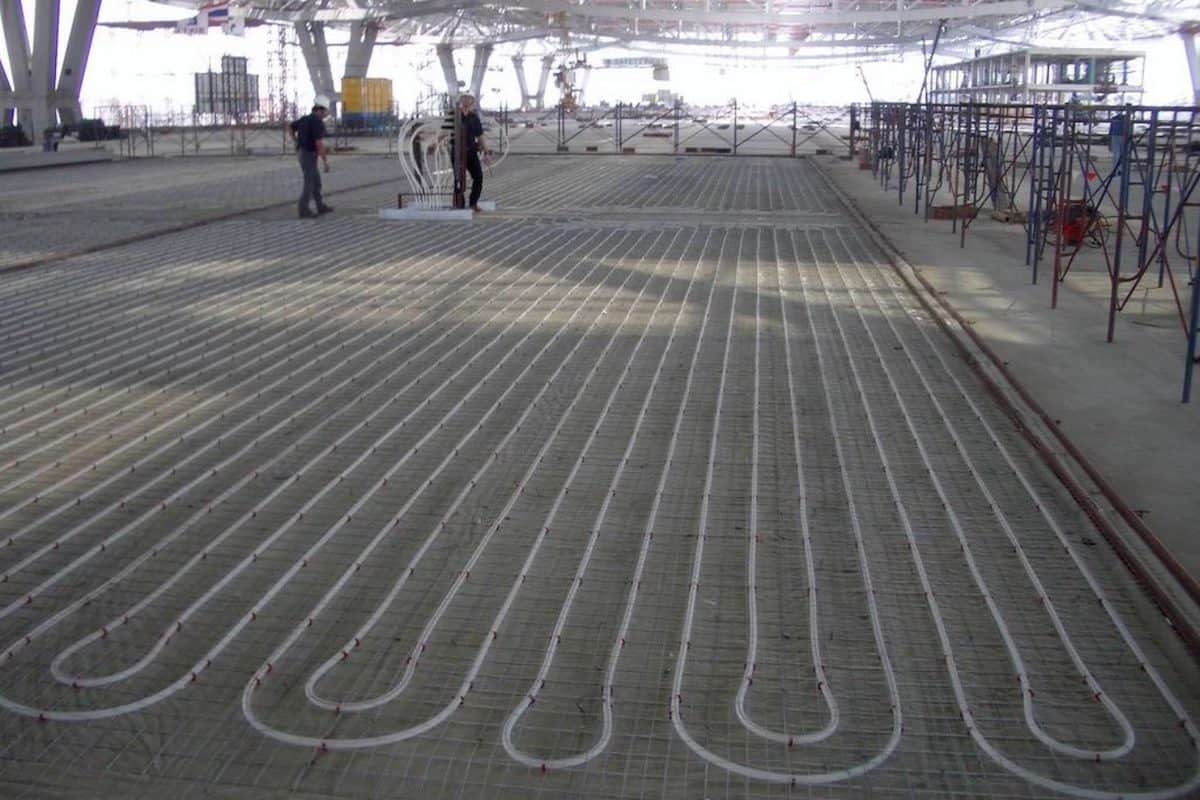
Radiant cooling systems start with water-cooled chillers. Next, circulating pumps circulate the chilled water through the radiant cooling tubes in ceiling panels or concrete floors. Then, the chilled water return to the chillers and the cycle repeats.
On the air-side, there are no air handling units (AHUs) or fan coil units (FCUs). By cooling the ceiling or floor, thermal radiation will ensure people feel thermally comfortable.
Operative Temperature
We don’t really use the term operative temperature when dealing with conventional air conditioning systems. However, when it comes to radiant cooling, understanding operative temperature is crucial.
In short, operative temperature is the average temperature of the ambient air temperature and the average surface temperature of surrounding objects.
ASHRAE Standard 55 outlined the recommended range of operative temperature for thermal comfort. Basically, it is around 25°C (77°F) of operative temperature, not dry bulb temperature.
The calculation of operative temperature is complicated. Hence, ASHRAE provided the Thermal Comfort Tool to aid the calculation.
To make it simple, given that a typical room has an air temperature of 24°C (75°F), the surface temperature of most objects within the room should be around 26°C (79°F) in order to achieve an operative temperature of 25°C (77°F).
Similarly, if the surface temperature of most objects in the room is around 19°C (66°F), the required air temperature is only around 26°C (79°F) to achieve an operative temperature of 25°C (77°F) where most people will feel thermally comfortable.
As you might have guessed already, by lowering the surface temperature of most objects in a room, we can allow a higher air temperature to achieve the same thermal comfort level.
So, it is the job of a radiant cooling system to reduce the temperature of surfaces in the room. By having a higher room air temperature, the cooling system is more efficient.
Why Radiant Cooling is More Efficient?
Maintaining a room at an air temperature of around 26°C (79°F) rather than the conventional 24°C (75°F) yields a higher energy efficiency. However, it’s not the only reason why radiant cooling is more efficient.
Low Cooling Load
As mentioned earlier, high room air temperature results in a low cooling load. It can be explained by using the heat transfer formula as follow:
Q = mcθ
The heat transfer formula states that cooling capacity equals flow rate multiplied by specific heat capacity and temperature difference. By raising the room air temperature, the temperature difference is reduced and thus, the cooling capacity is also reduced.
In other words, a radiant cooling system uses less power because it doesn’t have to cool the air as much as a conventional air conditioning system while maintaining thermal comfort.
Low Fan and Pump Power
Since a radiant cooling system doesn’t have any air handler, fan power consumption is eliminated. Furthermore, with the absence of AHUs and FCUs in the system, the water pressure drop is reduced significantly. Thus, more savings on pump power.
However, fresh air units are needed for the radiant cooling system in tropical climates to tackle humidity and condensation issues. In this case, fan power is reduced significantly but not eliminated completely.
High Chilled Water Supply Temperature
A standard chilled water system has a chilled water supply and return temperature of 6.7°C (44°F) and 12.2°C (54°F) respectively. For a high delta T setup, the typical chilled water supply and return temperature is 5.5°C (42°F) and 13.8°C (57°F) respectively.
Relevant post: What is High Delta T Chilled Water Systems?.
However, a typical radiant cooling system can have a chilled water supply and return temperature of 14°C (57°F) and 17°C (63°F) respectively. In tropical climates, the chilled water supply and return temperature need to be raised to 16°C (61°F) and 19°C (48°F) respectively to prevent condensation.
The higher the chilled water supply temperature, the better the efficiency of the chiller. This can be explained using the PH diagram as follow:
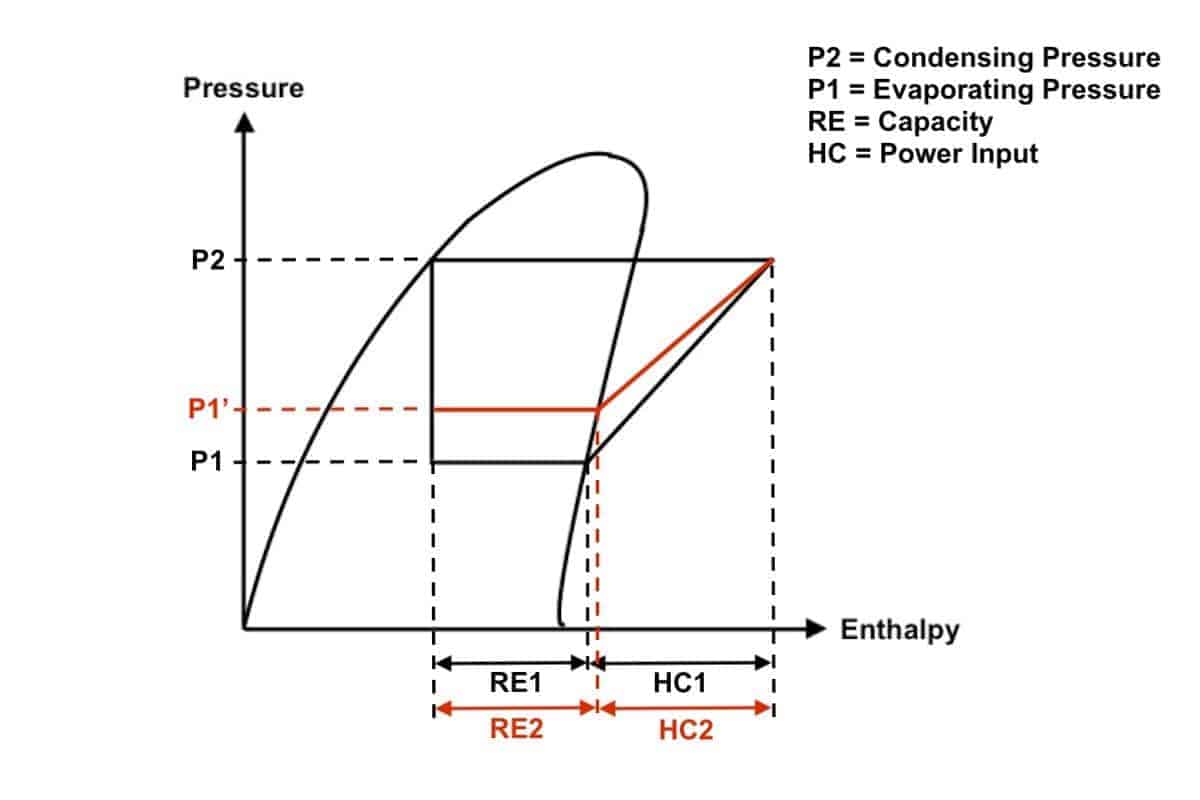
When the chilled water supply temperature is increased, the refrigerant evaporating temperature is increased. Since temperature is directly proportional to pressure. The refrigerant evaporating pressure is also increased.
As you can see from the above PH diagram, when the refrigerant evaporating pressure is increased, the capacity is increased while the power consumption is reduced.
Since the coefficient of performance (COP) or efficiency is capacity divided by power consumption, increasing the chilled water supply temperature will increase the refrigerant evaporating pressure thereby increasing the efficiency of the chiller.
Relevant post: How Chilled Water Temperature Affects Chiller Performance?.
Therefore, with a higher chilled water supply temperature, the chillers of radiant cooling systems are operating at a much higher COP or efficiency.
High Specific Heat Capacity
Water has a higher specific heat capacity than air. In fact, the specific heat capacity of water is 4.184 kJ/kg.K while the specific heat capacity of air is 1.00 kJ/kg.K.
The higher the specific heat capacity, the more efficient is the heat transfer. This can be explained using the heat transfer formula, Q = mcθ, again. The higher the “c”, the higher the “Q”.
Radiant cooling systems mainly use water to achieve cooling while conventional air conditioning systems mainly use air (eg: air handling units and fan coil units).
So, right at the beginning, radiant cooling systems are already 4 times more efficient than split systems or VRF systems in terms of heat transfer.
Independent Sensible and Latent Load Control
As mentioned earlier, radiant cooling systems need to be careful of condensation. If the surface temperature of radiant ceiling panels is too low, water droplets can start to form.
For radiant floor cooling, apart from condensation, we also need to make sure that it is not too cold for people to step on if the room needs people to take off their shoes (eg: offices).
However, by preventing condensation, we are also not allowing dehumidification to take place. Hence, a radiant cooling system is a pure sensible cooling system. So, what about the latent load (humidity)?
Relevant post: What is Sensible Cooling Capacity? (Sensible vs Latent Load).
Typically, dedicated fresh air units are needed to support the radiant cooling system for dehumidification. While conventional air conditioners are mostly designed to handle 80% sensible load and 20% latent load, fresh air units are mainly used to handle the latent load.
One of the examples of a fresh air unit is a pre-cooled air handling unit (PAU). Its main job is to reduce the humidity level of outdoor air before supplying it to conventional AHUs.
Relevant post: What is PAU in HVAC? (PAU for ACMV).
Sensible load and latent load are two different loads that actually need to be handled differently. However, we managed to design an air conditioner that can handle the two loads simultaneously.
If you think about it, by further reducing humidity levels, you may run into overcooling problems. Vice versa, if you feel too cold and start to increase the room temperature, you may cause high humidity.
So, radiant cooling systems can separate sensible load from the latent load. For latent load, we can use the most efficient system just for dehumidification. Then, we handle sensible load using radiant cooling or some other kinds of more efficient cooling systems.
While this is not a direct contribution to the efficiency of radiant cooling systems, it is an opportunity for us to maximize the efficiency of cooling systems.
Conclusion
Radiant cooling is a more efficient cooling method. However, the initial cost of a radiant cooling system can be too high in certain regions of the world. Furthermore, if not designed properly, the consequences are impactful.
Nonetheless, radiant cooling systems are fundamentally more efficient than convection cooling systems like chilled water systems, VRF systems and split systems. However, getting it right is a challenge.
If you have anything to add (or ask) about this topic, leave a comment down below!


